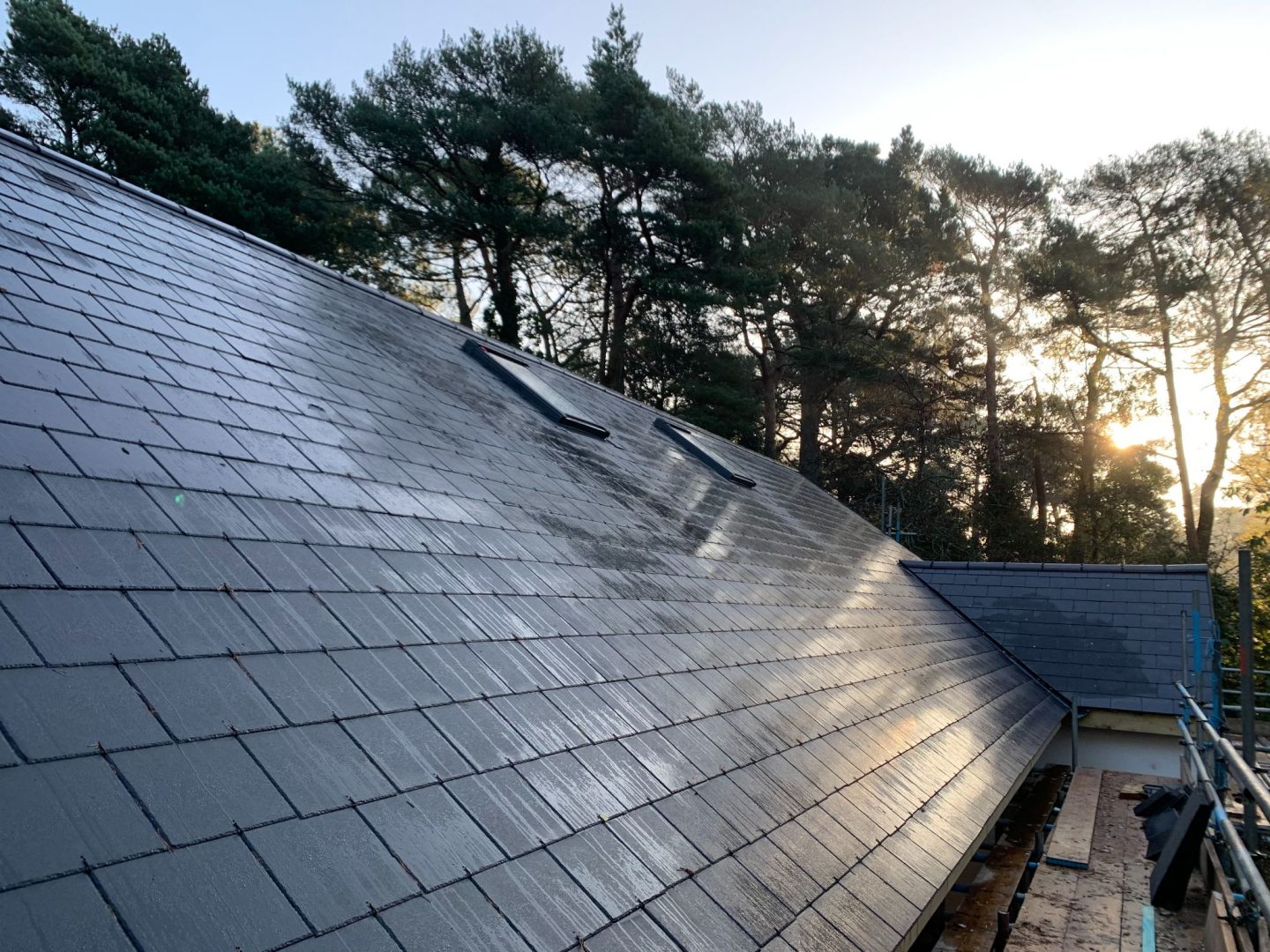Roof Replacement Cost For Terraced House: A Complete Guide
Roof Replacement Cost For Terraced House: A Complete Guide
Blog Article
Many UK homeowners are faced with a major home improvement task, especially when their roof is damaged or has become old. The UK's weather conditions, including frequent rain, strong winds, and occasional snowfall, put considerable stress on roofing materials. Over time, these elements can cause wear and tear, leading to leaks, structural damage, and even costly repairs. In some cases, the damage may be so extensive that a roof replacement is the only viable solution. Understanding the importance of roof replacement and knowing when and how to approach it is essential for maintaining the safety, comfort, and value of your home.
Roof lifespan is largely determined by the type of material used, and also how it's been maintained. In the UK, slate, asphalt and tiles are all common roofing materials. Each has its own lifespan. For instance, slate roofs can last up to 100 years if properly maintained, while tiles generally last between 25 and 50 years. Asphalt roofs have a lifespan between 20 and 30 years. Roofs become more vulnerable to weather damage as they age. Cracked or broken tiles, loose slates, and worn-out flashing can allow water to infiltrate the home, leading to leaks and water damage. Roof replacement is necessary when repairs are no longer sufficient to avoid further structural damage and future deterioration.
One of the most obvious signs that a roof needs replacing is the presence of frequent leaks. If you notice water stains on your ceiling or walls, or if water drips during heavy rainfall, this is often a clear indicator that the roof is compromised. Leaks can lead to serious structural issues if left unaddressed, including damage to the interior of your home, insulation, and wooden beams. If the leak persists, or the damage has spread, you may need to completely replace your roof. Another sign of roof deterioration is the appearance of missing or broken tiles or slates. Over time, these can become loose or damaged due to weather exposure, and replacing them can help prevent leaks and further damage.
A professional roofer will first conduct a comprehensive inspection. The contractor will assess the extent of the damage and determine whether a full replacement is necessary or if repairs would suffice. The old roof materials will be carefully removed and any damages to the decking underneath the roof will be inspected. In some cases, the underlying structure may need repair before the new roof is installed. Once the structure is secure, the new roofing materials are installed. This process can take several days, depending on the size of the roof and the complexity of the job. You should hire an experienced contractor with experience in the type of roofing you have. Different materials and designs will require different methods. To gather additional information please look at www.roofadvisor.co.uk/how-much-does-a-roof-replacement-cost-in-the-uk/
Choosing the right roofing material for your home is an important decision when planning a roof replacement. The material you select will affect not only the appearance of your home but also its energy efficiency and long-term durability. Slate and tiles are popular choices in the UK, known for their longevity and aesthetic appeal. These materials are particularly suited for traditional and period homes. For modern homes, asphalt shingles or concrete tiles are often preferred due to their affordability and ease of installation. Flat roofs, commonly found in extensions or commercial buildings, may require bitumen or rubber membrane materials. The pros and cons of each material are different, so the best choice is based on your budget, the desired life expectancy, as well as the architectural style and design of the house. Consulting with a professional roofer can help you make an informed decision based on your home's unique needs.
The cost of roof replacement in the UK can vary significantly depending on several factors, including the size of the roof, the materials chosen, and the complexity of the job. On average, a roof replacement can cost anywhere from PS3,000 to PS7,000, with more expensive materials such as slate or copper pushing the price higher. While this may seem like a significant investment, it's important to remember that roof replacement is a long-term solution that can save money in the future. New roofs improve energy efficiency and reduce the likelihood of water leaks. They also increase the value of the property. Additionally, many roofing companies offer financing options, which can help ease the financial burden of such a large project.